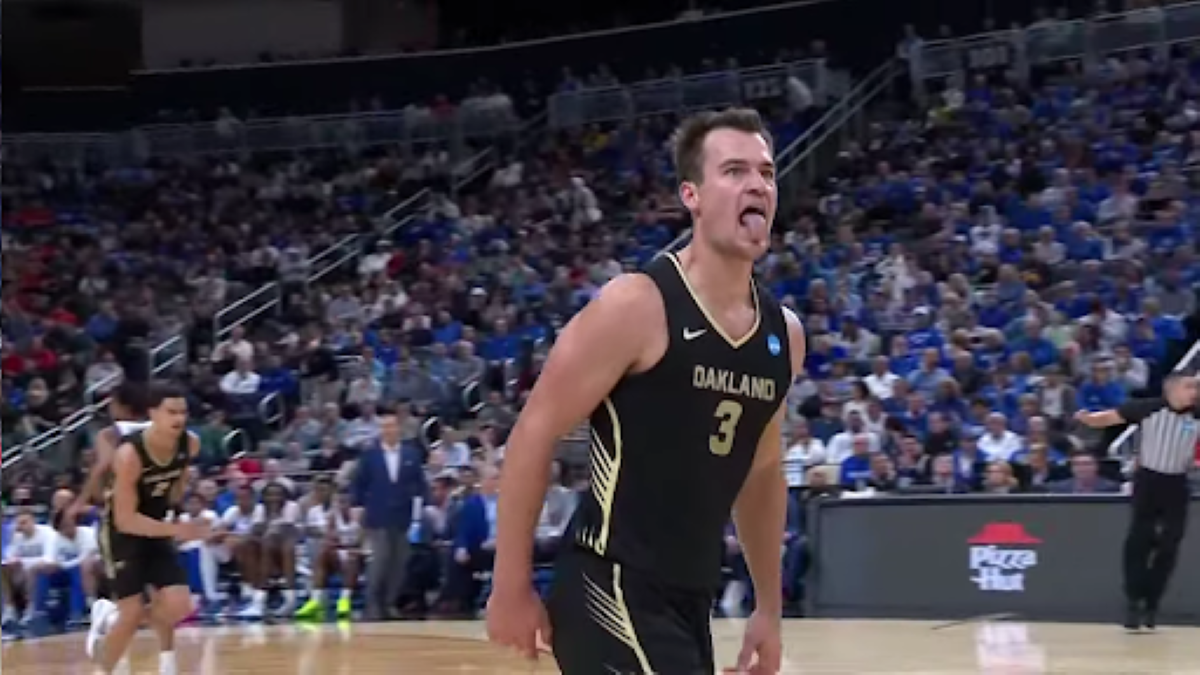The Major League Baseball All-Star Game on July 19 was the lowest-rated and least-watched in the history of the All-Star Game, with a 4.2 rating and 7.51 million viewers, according to Sports Media Watch. Compared to last year’s All-Star Game, that marks a 7 percent ratings drop and 10 percent viewership drop, part of a broader downward spiral for MLB since the early 1990s, when the game often drew upward of 20 million viewers. Yet lackluster American interest in the All-Star Game is simply emblematic of a sadder broader reality: baseball has become boring.
Baseball’s problems are many years in the making, but it’s really the last two decades that have witnessed a dramatic shift in the way the game is played. Over the past 20 years, professional baseball has transformed itself from a game of constant movement and clever tactics to an analytics-obsessed, static battle of boredom, periodically interrupted by occasional home runs. No surprise, annual MLB attendance has been dropping for years.
Longer Games, Less Action
The average duration of games has increased from 2:54 in 2010 to 3:11 in 2021 and 3:07 in 2022. Fifteen minutes may not seem like a lot, but it’s a lot compared to what our parents or grandparents knew. Consider the fact that one of the greatest games in baseball history, Game Seven of the 1960 World Series between the Pittsburgh Pirates and New York Yankees (culminating in Bill Mazeroski’s walk-off home run), was 2:36.
Part of the reason for this is that the number of pitchers per team per game has climbed in the last 100 years, from 1.4 in 1908 to about 4.4 today — and that increase was most dramatic in the last 40 years. More pitching changes means longer games, as each new reliever requires time to warm up upon taking the mound, and managers approach the mound to talk with pitchers and determine if it’s time to switch them out.
The influx in pitchers has caused other problems. It should be no surprise that pitchers who only have to throw an inning or two have higher average velocities and strikeouts, since they work less. Indeed, the number of strikeout appearances per plate appearance has risen to almost 25 percent. The result is that there is less action in the field, since batters are making less contact.
Six seasons ago, hits outnumbered strikeouts by 3,294. Four seasons ago, there were more strikeouts than hits. Until 2018, as Jayson Stark observes, “there had never been any month in the history of baseball with more strikeouts than hits.” Marlins manager (and former Yankees great) Don Mattingly in an interview last year called baseball “a game that sometimes is unwatchable … because there’s nothing that goes on.” Relievers, Nate Silver noted, have “broken baseball.”
Every Part of the Game is Changing for the Worse
And it’s not just the pitching. The “shift,” a strategy by which teams move their fielders around the diamond and outfield based on analytics that show where hitters are most likely to hit the ball, has significantly weakened hitting. Analysts estimate that the shift is favoring the field by an increase of more than 20 percentage points. Thankfully, next year, teams will no longer be allowed to have more than two infielders on one side of second base — though teams are going out with a bang, doing it more this year than any previous year on record!
Batting averages are also declining. What that translates to is, again, less action in the field. Batters are either striking out or hitting home runs, rather than trying to put the ball in play. Some of that is related to that pesky shift, which discourages batters from taking their chances with putting the ball in play. Many are also questioning whether changes to the ball are a cause.
Finally, in 2021, there were 1,070 fewer stolen bases compared to 10 years before. What used to be an exciting offensive staple has become rare, in part because in an age of home runs, it doesn’t matter very much if the runner is on first or second when the batter is swinging for the fences. And attempting a steal seems an unnecessary risk in the age of the long ball.
Why Statistics Matter
In baseball, perhaps more than any other popular professional American sport, numbers and statistics matter. To any serious baseball fan, provide the singular caveat of “a good single season for a hitter” and present the numbers .300, 100, 20 and ask them what those mean. That person will tell you: batting average, runs batted in, and home runs. What each of them equate to are time-tested signs of excellence. A batter who hits .300, secures 100 RBIs, or hits 20 home runs has achieved something worthy of commendation, something that was impressive in 1920 or 1990.
There are many, many similar statistics that traditionally have helped fans determine good hitters, pitchers, and fielders. There used to be 20-game winning pitchers (in the ’70s, a lot!) — not much now. It was a big deal when Miami Marlins pitcher Sandy Alcantara pitched 200 innings last season. Starting pitchers are pitching fewer innings—only four pitchers reached that 200 number last year. As recently as 2011, 39 pitchers reached that number. That difference alone should prove something is rotten in Fenway, Wrigley, and Camden.
In baseball, statistics matter because it is a way for fans regardless of age, generation, or busyness to both understand the game and communicate about it. When I was in high school, I could talk to my father or grandfather about a hitter who hit 30 home runs or a pitcher with a sub-3.00 earned run average, and they would immediately understand — oh, you’re talking about a good player. Those numbers don’t mean the same thing in 2022. That also presents a significant problem when trying to compare today’s players to those who came before. Thirty-three hitters have reached 3,000 hits in MLB history (Miguel Cabrera was the most recent) — and no one is sure anyone will ever do it again.
Baseball Is Dying for Solutions
There will be changes to baseball in 2023. But perhaps more will be needed if we desire an equilibrium, and a return to the kinds of numbers representative of achievement that even casual baseball fans would understand. Some have suggested limiting the number of pitchers on a line-up to curb the overreliance on relievers. Others have offered a pitch clock that limits pitchers’ advantage. Still others have suggested limiting, if not banning the shift. There’s even talk of bigger bases so there will be more stolen bases.
They all seem like good possible options. Baseball needs shorter games, more action in the field, and statistics that offer continuity with the past. Most teams should have at least one hitter batting above .300. Every team needs at least one pitcher who reaches over 200 innings in a season. These are stats that made baseball function for more than a century. If the MLB is serious about ensuring its survival in the 21st century, they’d better act quickly. Otherwise they will kill their fan base with boredom.









